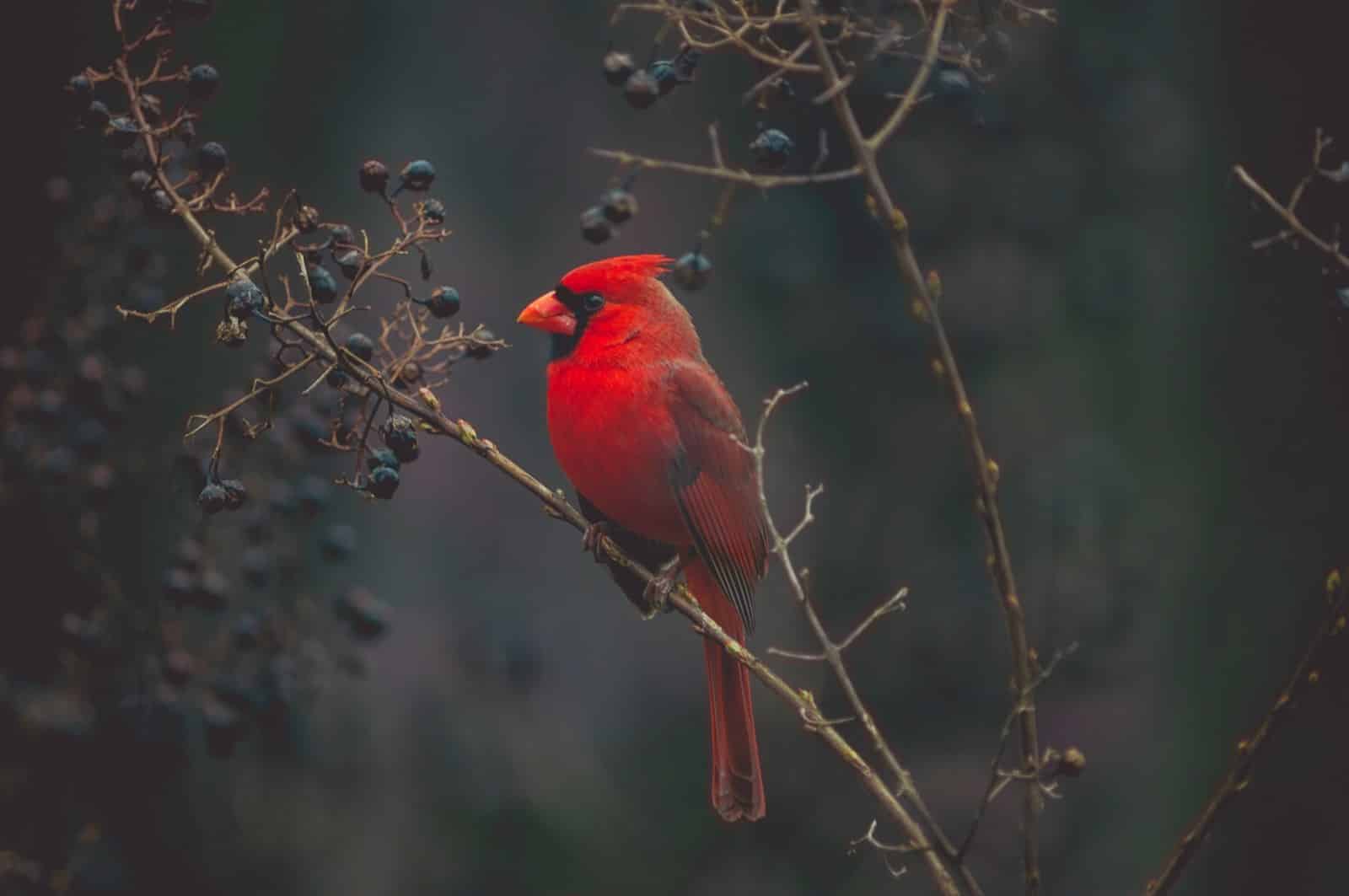When it comes to caring for a feathered friend, one of the most fundamental decisions you’ll make is selecting the perfect habitat. Your bird’s cage is more than just a shelter; it’s their playground, dining room, and sanctuary. With the vast array of cages available, pinpointing the ideal one may seem daunting. However, a well-informed choice can ensure your bird’s happiness and health for years to come. We’ll guide you through the considerations and features that matter most in this vital selection process.
Understanding the Importance of Proper Cage Selection
Birds are incredibly diverse creatures, each species with its own set of needs and preferences. A cage is to a bird what a home is to humans. It’s where they spend a significant portion of their time, and as such, it needs to provide comfort, security, and stimulation. A properly chosen cage can affect your bird’s physical and mental well-being, so it’s not a decision to be taken lightly. Whether you have a tiny finch or a sizeable parrot, understanding what makes a cage suitable is the first step in responsible bird ownership.
A voir aussi : What are the best tips for introducing a new pet to a multi-cat household?
Considering Size and Bar Spacing
Size Matters
When it comes to cages, size is more than just a number—it’s a key factor in ensuring your bird has ample space to move, stretch, and play. A cage should be large enough for your bird to flap its wings without hitting the sides, and tall enough for vertical movement, especially for birds that like to climb, such as parrots. As a rule of thumb, the cage’s width and depth should at least be three times the wingspan of your bird.
The Significance of Bar Spacing
Bar spacing is another critical aspect to consider. If the bars are too far apart, there’s a risk your bird might escape or, worse, get stuck. Conversely, bars that are too close together can restrict visibility and limit interaction with the environment. Typically, small birds like finches and canaries thrive with a bar spacing of around 1/2 inch, whereas larger parrots may require spacing between 3/4 inch to 1 inch.
Dans le meme genre : Pet safety during natural disasters
Choosing the Right Cage Design
Different Cage Types
From the classic rectangular models to more elaborate dome-topped and play-top designs, cages come in a variety of shapes. Each design caters to different bird behaviors and owner preferences. For example, a play-top cage is ideal for parrots that need space to play outside of their cage, while a dome-top might provide additional flying room inside.
Quality and Durability
A bird’s home should be both safe and durable. Stainless steel cages are often the most durable and easiest to clean, while powder-coated cages offer a balance between safety and affordability. Ensure that the cage’s design doesn’t have sharp edges or small parts that your bird could ingest.
Accessorizing Your Bird’s Cage
Toys and Perches
Toys are vital for a bird’s development and well-being, providing mental stimulation and physical exercise. However, the size and type of toys should be appropriate for your bird to prevent injury. Perches, on the other hand, are necessary for your bird’s foot health and should vary in size and texture to mimic a natural environment.
Feeding Stations and Baths
Your bird will need access to food and water within its cage. Choosing a cage with built-in feeding stations can simplify mealtime. Birds also enjoy bathing, so consider a cage that accommodates a small bird bath, or provides enough room to add one.
Maintaining Your Bird’s Cage
Cleaning and Upkeep
Cleanliness is crucial for your bird’s health. A cage with a removable tray and accessible areas will make the cleaning process less of a chore. Regular maintenance not only keeps the cage looking good but also prevents the spread of disease.
Safety and Security
Inspect the cage regularly for signs of wear and tear. Locks and latches should be secure enough to prevent escape, and the cage should be placed in a location safe from predators and environmental dangers.
Conclusion: Ensuring a Happy Home for Your Bird
In conclusion, choosing the right cage for your bird is an essential step in responsible pet ownership. Remember to prioritize size and bar spacing to provide a safe and comfortable living space. The design should match your bird’s species-specific behaviors, and accessorizing the cage with appropriate toys and perches will enrich your bird’s life. Regular maintenance ensures a clean and secure environment. By considering these factors, you can create a sanctuary for your feathered companion that promotes a healthy and joyful existence. Your diligence in selecting the right cage will pay off in the vibrant health and happiness of your bird.






